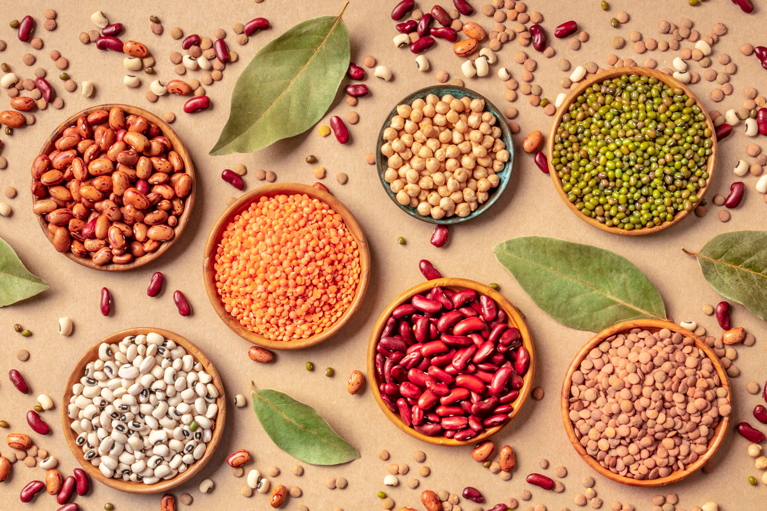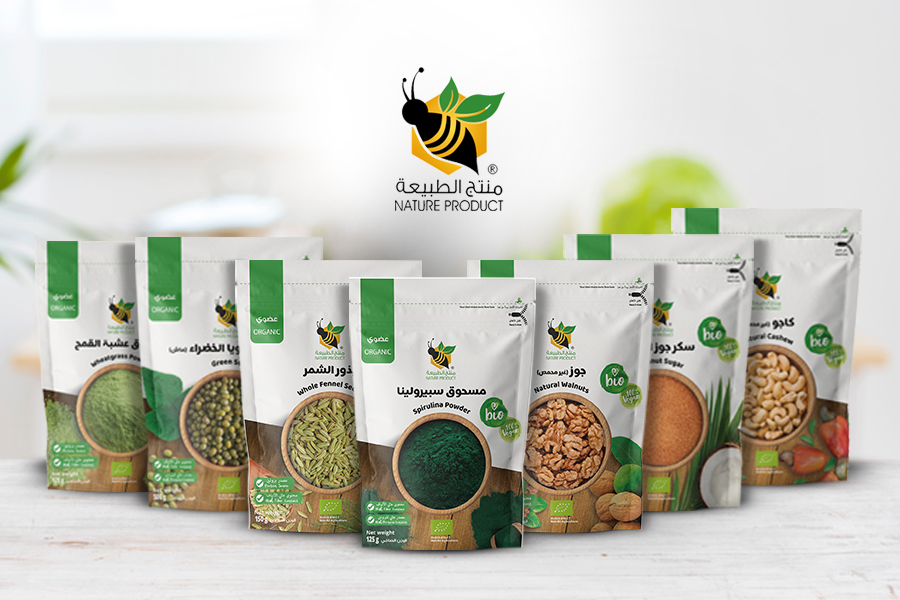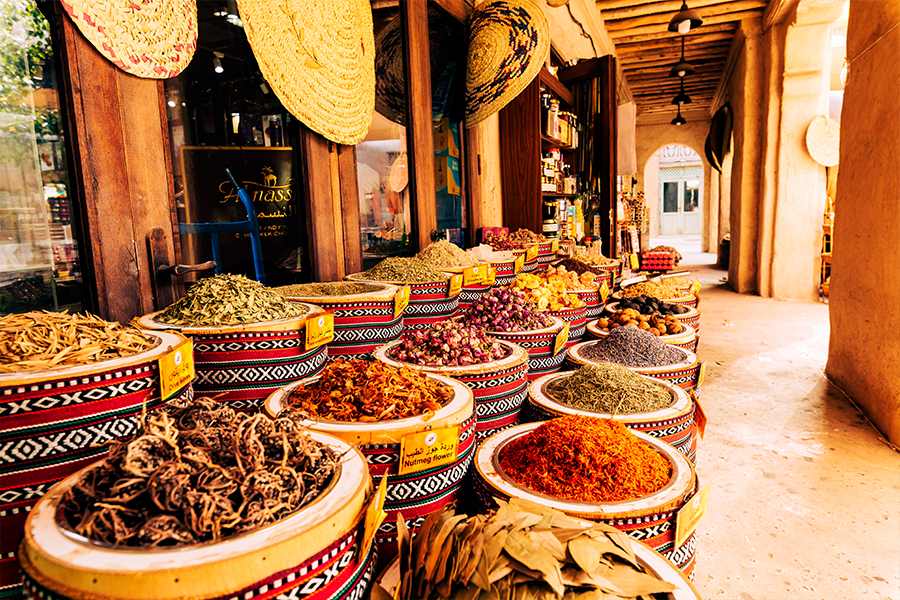Top Most Consumed Pulses in the Arab Cuisines
Pulses are more than just ingredients in the Arab culinary world; they are symbols of cultural identity, and nutrition. Their versatility and health benefits make them indispensable in traditional Arab meals. As we explore the most consumed pulses in the Arab world, it’s clear that their significance extends far beyond the dinner table, touching aspects of history, culture, and ecology.
Most Popular Pulses in the Arab World
In the panorama of Arabic food, pulses undeniably claim a significant place, with chickpeas, lentils, and fava beans reigning as the most favored.
Fava Beans (Ful)
Fava beans, a cornerstone in Arabic food, are celebrated for their creamy texture, buttery taste, and a nutty flavor that resonates with the culinary traditions of the Middle East. These beans are not only a feast for the taste buds but also a powerhouse of nutrition, offering:
- Complex carbohydrates for sustained energy release.
- High-quality proteins essential for muscle repair and growth.
- Dietary fiber aiding in digestive health.
- Low in saturated lipids, supporting heart health.
- Bioactive compounds that have antioxidant properties.
The culinary versatility of fava beans is evident in their widespread use across various dishes, with Ful Mudammas standing out as a particularly beloved preparation.
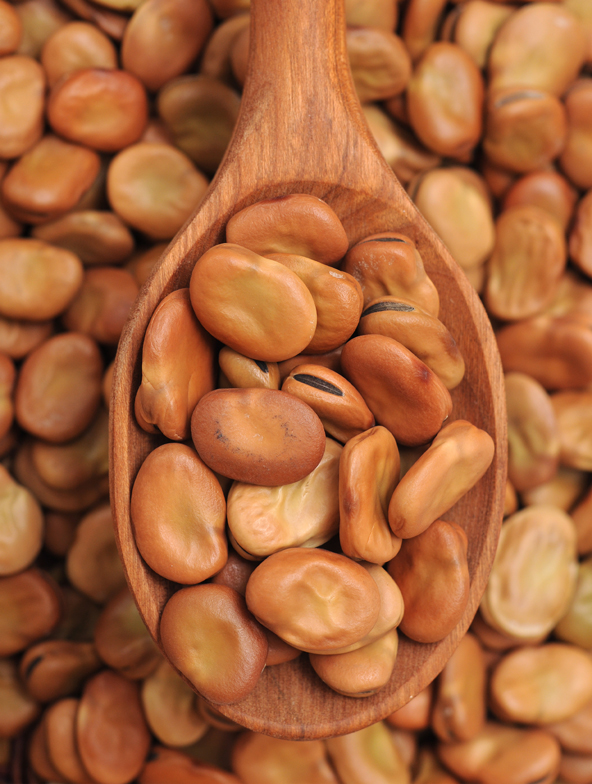
Chickpeas
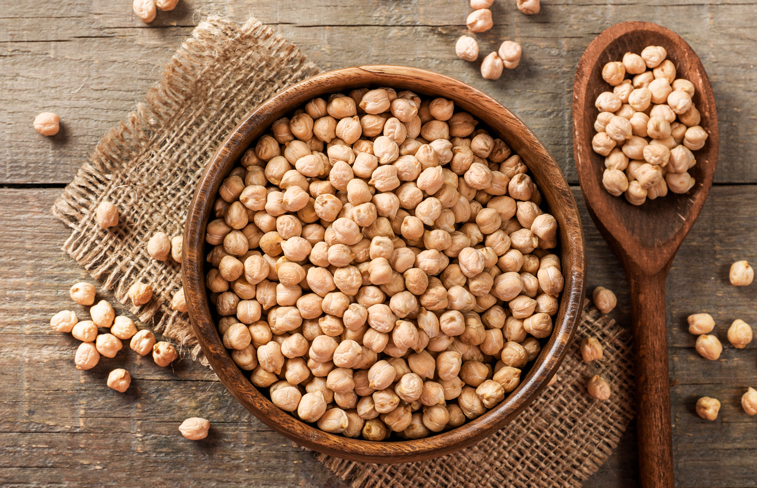
As the world’s second most widely grown legume, Chickpeas enjoy the highest popularity, especially in countries like Sudan (10.3 kg per capita), Egypt (3.2 kg), and Jordan (4.6 kg). This legume’s versatility is showcased in numerous dishes, from the creamy texture of hummus to the crispy delights of falafel.
Chickpeas come in two primary varieties that cater to different culinary applications and tastes Desi Chickpeas and Kabuli Chickpeas.
Lentils (Adas)
Lentils stand out as a protein powerhouse among legumes, making them an indispensable source of plant-based protein for vegetarians and vegans. Their high iron content also plays a crucial role in combating iron deficiency, a common issue in dietary health. The diversity of lentils, ranging from black, yellow, red, and orange varieties, enriches Arab cooking with distinctive flavors and textures.
In the culinary landscape, lentils have been a mainstay in dishes such as mujaddarah, Koshari and Shurba al-‘Adas. The nutritional benefits, coupled with their rich history and versatility in cooking, underscore lentils’ pivotal role in both traditional and modern Arabic cuisines.
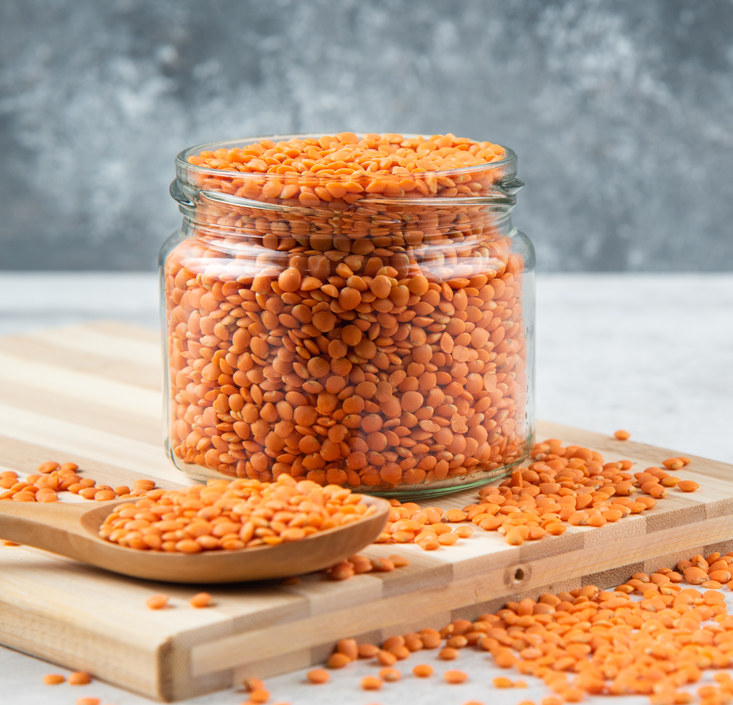
Black-Eyed Peas (Lobia)
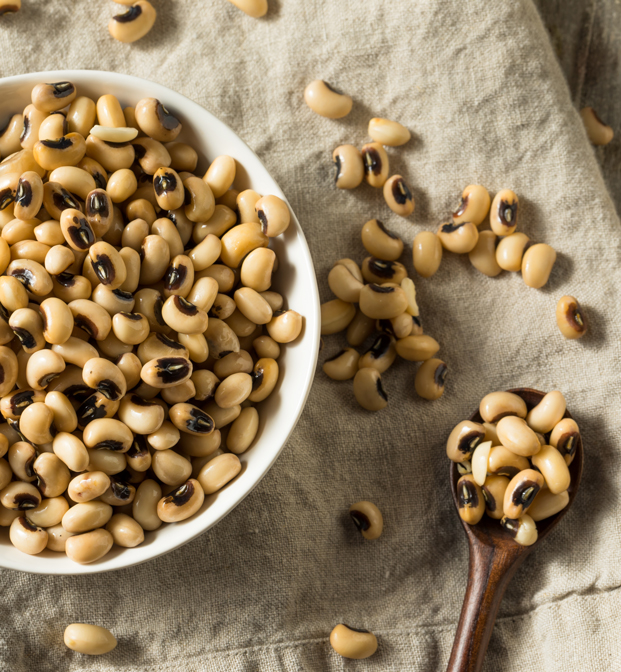
Black-eyed peas are a subspecies of the cowpea plant, deeply rooted in various global cuisines due to their rich history and nutritional profile. Originating from West Africa, these legumes have found their way into the culinary traditions of countries around the world.
A 100g serving of cooked black-eyed peas contains 484 kilojoules (116 kilocalories), making it an excellent source of folate and a good source of essential minerals such as thiamine, iron, magnesium, manganese, phosphorus, and zinc. This nutritional profile supports a balanced diet, contributing to heart health, digestive wellness, and energy levels.
Their adaptability in various dishes—from stews and curries to salads and fritters—paired with their robust nutritional benefits, cements black-eyed peas’ status as a cherished ingredient in global and Middle Eastern cuisines.
Kidney Beans
Kidney beans, a versatile and nutritious component of Arabic food, find their place in a variety of dishes, catering to both the palate and nutritional needs. Their use in traditional recipes showcases the adaptability and richness of Middle Eastern cuisines.
Introduced in many dishes like: Fasoulia: A beloved dish that utilizes kidney beans as its core ingredient, Yemeni Fasoulia, Lebanese Vince Auckland and White Kidney Bean Stew. These dishes, each with its unique set of ingredients and preparation methods, highlight the integral role of kidney beans in Arabic cuisines. From the spicy and aromatic Yemeni version to the comforting Lebanese Vince Auckland and the robust White Kidney Bean Stew, kidney beans adapt seamlessly into various culinary traditions, enriching the food culture with their nutritional benefits and delicious flavors.
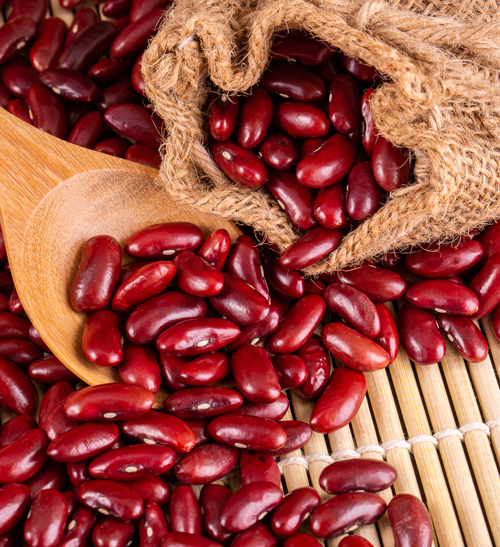
Mung Beans

Mung beans hold a significant place in Arabic cuisines as one of the most consumed pulses, revered for both their nutritional value and versatility in culinary applications. Renowned for their earthy flavor and tender texture, mung beans are a staple ingredient in a plethora of traditional dishes across the Arab world.
Health Benefits of Organic Pulses
A comparative look at the nutritional value of organic versus non-organic pulses reveals:
| Nutrient | Organic Pulses | Non-Organic Pulses |
| Antioxidants | Higher concentration | Lower concentration |
| Vitamins & Minerals | More abundant | Less abundant due to chemical use |
| Fiber | High | Comparatively lower |
| Protein | Quality protein source | Quality varies |
| Glycemic Index | Low | Higher than organic |
Moreover, organic pulses offer additional health benefits, such as reduced exposure to toxic metabolites, including heavy metals and pesticide residues, and a lower risk of encountering antibiotic-resistant bacteria.
In conclusion, we encourage you to delve deeper into the world of pulses, particularly organic pulses, embracing their rich nutritional profile and their significance in sustainable agriculture. For those inspired to incorporate these nutritional powerhouses into their offerings, we invite you to navigate between the top organic pulses in our online catalogues.


